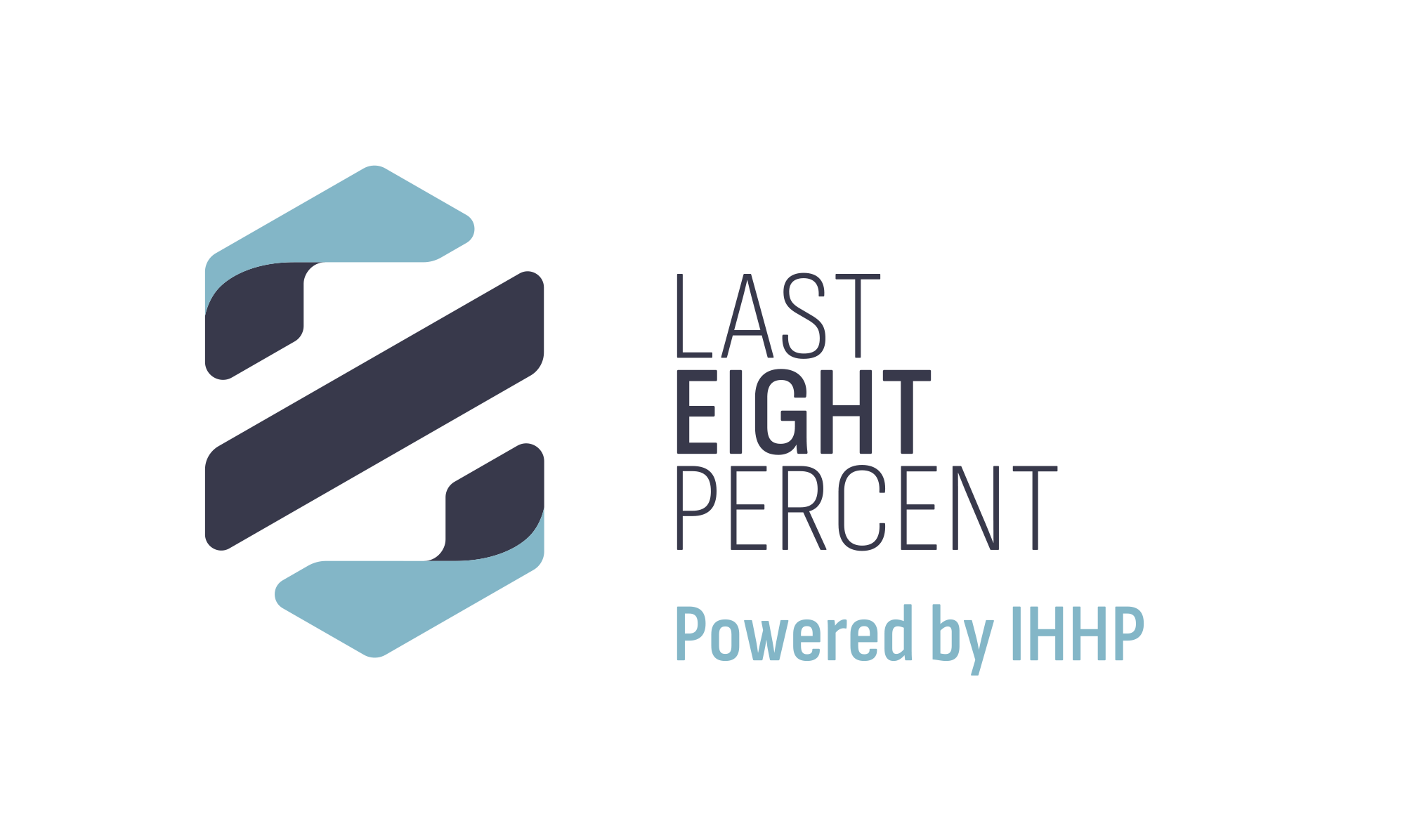The US Thanksgiving weekend is one of the busiest holidays of the year as people visit with family and friends and, of course, who can ignore the amazing sales. Even Canadians get in on the action as they cross the border in search of exceptional shopping deals on Black Friday. In 2010 as many as 212 million shoppers visited stores and spent an average of $365.34 per person according to the National Retail Federation. With so many people jockeying for parking spots, elbowing for Elmo dolls, and standing in lines for iPads, there are many things that could trigger someone to become emotionally hijacked. That’s why we have decided to put together an Emotional Intelligence Survival Guide for Black Friday.
Tip # 1: Visualize – become an elite shopper athlete!
Okay, so you may be tempted to skip over this tip, but we caution you to stop and have a look. Visualization is all about mental preparation and planning. Just as elite athletes visualize the day of competition, we suggest doing the same as you head out on Black Friday. With 24% of shoppers already in stores by 4am), the stores are bound to be packed no matter what time or place you decide to go. Expect this and mentally prepare.
Before you head out, take some time to visualize the packed parking lots, the extra-long check-out lanes, and the impatient people. If you are like most of us you will start to feel the emotions of anxiety build in your own body and mind. This is the beginning of an emotional hijack. Take stock of what is happening to your body as you visualize the long lineups. Now visualize yourself de-escalating those feelings of anxiety. See yourself stopping and taking a deep breath, relaxing your muscles (un-clenching those fists, un-furrowing those brows and un-shrugging those shoulders) and with a clearer mind remind yourself that each person is there for the same reason that you are – to get great deals. Remember, they didn’t get up that morning just to ruin your day! And like an elite athlete, if you prepare and practice visualizing those moments of high stress and then see yourself successfully managing your emotions in those moments you will be better able to do it in real time.
Tip #2: Dr. Jekyll and Mr. Hyde – role model the character you’d like to see
Let’s be honest. Black Friday can bring out the rude and irrational side of even the best of us. We walk into the store as reasonable, nice “Dr. Jekyll” only to have someone cut into the check-out line in front of us and we suddenly become “Mr. Hydes”. Multiply this same transition with all the shoppers throughout the store and you quickly have a massive movement of Mr. Hydes induced actions. Though each of us wish that people could be nicer, politer, and more patient, reality is, we don’t have direct control of others. We do, however, have the ability to manage and changeouractions to act this way. The benefit of this is simple. Because emotions and behaviors are contagious, the more positive emotions and actions we demonstrate, the more people will be infected with them.
If you are looking for people to be more kind, courteous, and forgiving then model that behavior yourself. Not everyone will revert to their better “Dr. Jekyll” self, but some will, and if they do, they will then model that behavior and pay it forward. The best of it, you feel better knowing you may have made someone’s day versus wrecked it!
Tip #3: Give yourself a reality check
Most of us have probably experienced the dreadful surprise of opening an over-budget credit card bill. We scan the transactions thinking that there must be a mistake somewhere only to realize there is not and you spent every dollar that is on that credit card statement. How does this happen? Impulse shopping!
Ernst & Young reported that 88% of impulse purchases were because shoppers found a “special sale price”. We’ve all seen and probably done this in the stores. Perhaps it is part human nature that you don’t want to miss out of the deal that you see someone else getting. Or maybe because you’re out in the big crowds you want to really get your money’s worth for all of the headaches you’ve endured. But what about on-line shopping? There are no lines, no impatient people, no parking headaches. Is this the better option to manage those impulse purchases? No way!
A recent study conducted at User Interface Engineering says that impulse purchases represent almost 40% of all money spent on-line. According to the Yankee Group, people spend 34% more when shopping on-line then they do when shopping in stores. The research says that because it is easier to “add to your cart” on-line it is harder to manage your impulse to buy.
Our final Emotional Intelligence tip to Black Friday survival is one of the simplest. Don’t let your emotions trick you. Set a budget and list the items you intend to buy. As you make a purchase keep a subtracted running tally of the money you have spent. The key to this strategy is to keep the list and money tally visible at all times. This works because your brain is biased for the emotions of short term gratification and tries to ignore the long term consequences. However, by keeping the long-term consequences visible, your brain cannot ignore these. If your budget was $450 and you spent $625, keep a negative tally visible of-$225. Your brain does not like negative “in the red” numbers and will help stop you from further spending. Just as retailers want to be “in the black,” so does your brain!
Okay, now you should be ready for Black Friday. On your mark. Get set. Shop!

